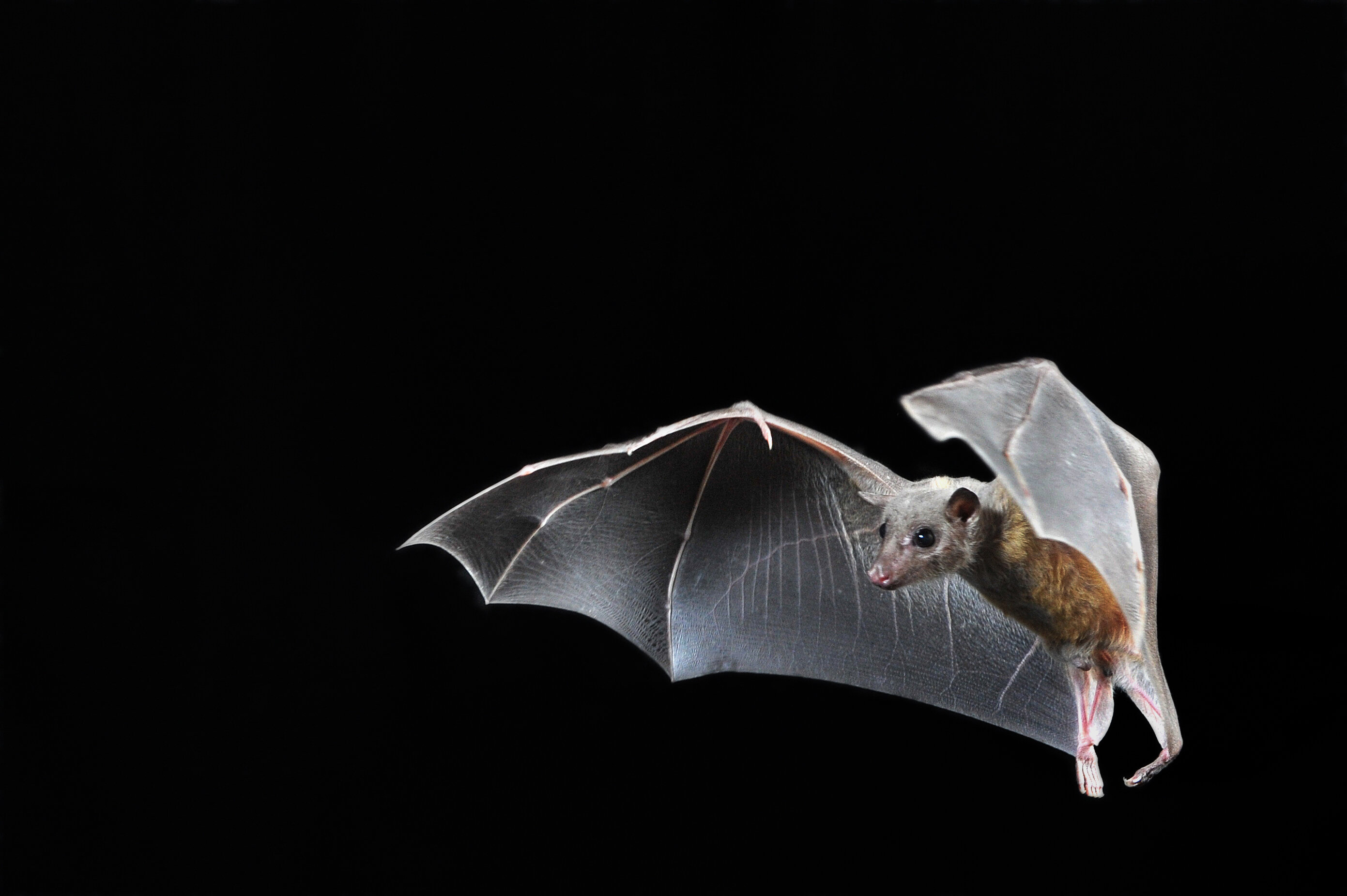It’s an increasingly frequent occurrence on Australia’s east coast – a fruit bat foraging for food lands on a power line to rest.
The flying fox (as it’s also known), spreading its wings before taking flight, touches a second power line and is electrocuted.
In Victoria, a power company [Adeshola, should we talk about CitiPower and Powercor as two distributors rather than one company?]says it has been experiencing one of the worst spates in decades of electrocutions of this threatened species, along with the consequent power outages. CitiPower & Powercor (one arm supplies Melbourne, the other regional Victoria) has now installed various warning devices – including a strobe light in one regional area – so that bats flying out at night in search of food can steer clear of the power lines.
“Large colonies of bats have been impacting the network mostly in and around the Tatura and Cobram areas, but also the Mooroopna and Numurkah areas,” CitiPower & Powercor said in a social media post announcing the new measures last month.
“They’ve caused several flashovers, damaging insulators, and causing momentary and sustained outages.”
The power supplier said the measures helping reduce electrocutions included new insulator guards and visual warning devices on power poles. It also installed a pulsing strobe light in an orchard near Tatura, in Victoria’s Goulburn Valley, to help deter the bats.
Increasing numbers of bats and electrocutions have been noticed elsewhere, including in Melbourne.
South Australia is dealing with rising numbers of the mammals, as climate change-related food shortages drive the bats further south. SA Power Networks has introduced animal guards – Frisbee-like plastic devices – that are attached to poles in the areas most affected.
Lisa Palma, the chief executive of Wildlife Victoria, said bat colonies had suffered an “absolute crisis” over the past summer.
“All across the east coast, from Queensland [to] New South Wales, down to Victoria, we’ve seen a huge number of flying foxes … impacted, we think, through a decline in their habitat and food source,” she told Guardian Australia.
“We’ve seen an extraordinary number of pups that have been orphaned after their mothers’ milk has dried up.”
Palma said Wildlife Victoria last year recorded a 148% increase in bat rescues compared with the previous year, and half of the electrocution cases were flying foxes.
Palma backed CitiPower & Powercor’s measures, saying visual aids helped to prevent bats landing on power lines.
Melinda Brennan, president of Bat Conservation and Rescue Queensland, said the volunteer organisation was seeing bats in areas they had not been seen in before.
“As with other native animals, the biggest issue is the land clearing – we’re clearing their native forest feed trees, we’re clearing their habitat,” she said.
Brennan said she hoped to work with energy companies in Queensland to replicate CitiPower & Powercor’s measures.
A CitiPower & Powercor spokesperson said its devices, including insulated sleeves on power lines, were designed to help bats see the lines, reducing the risk of electrocution.
“We will continue to monitor bat activity in all parts of our networks and keep working closely with local councils and with customers to improve measures to safeguard our wildlife,” the spokesperson said.
The Victorian energy department warns people not to touch electrocuted bats because a small percentage of the animals carry diseases, including Australian bat lyssavirus and Hendra virus.
This article by Adeshola Ore was first published by The Guardian on 11 May 2024. Lead Image: A hanging offence … fruit bats are often electrocuted when they land on power lines.
Photograph: Brian Cassey/The Guardian.
What you can do
Choose a one-time, monthly or annual donation to help save wildlife .





Leave a Reply